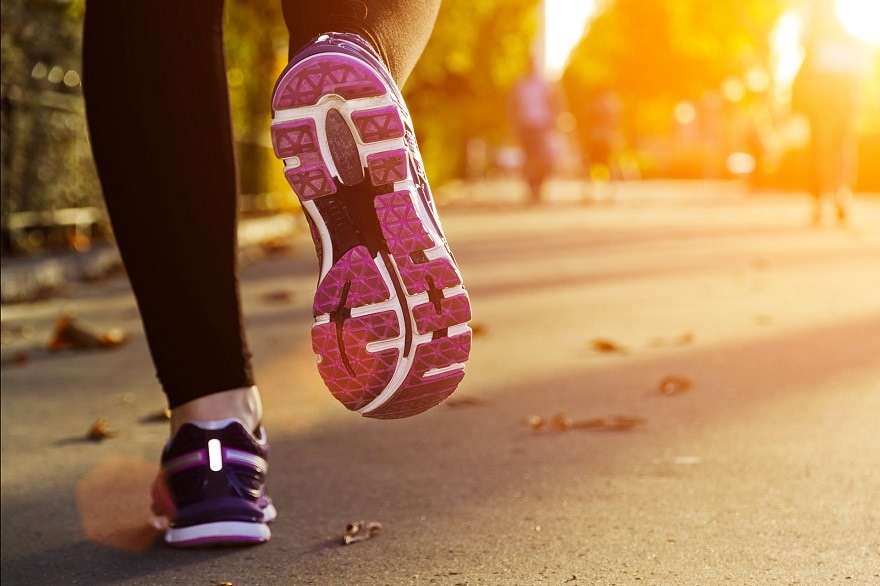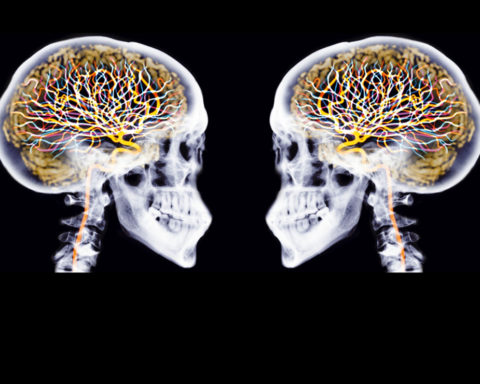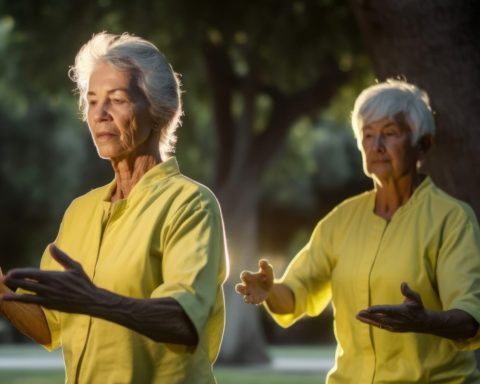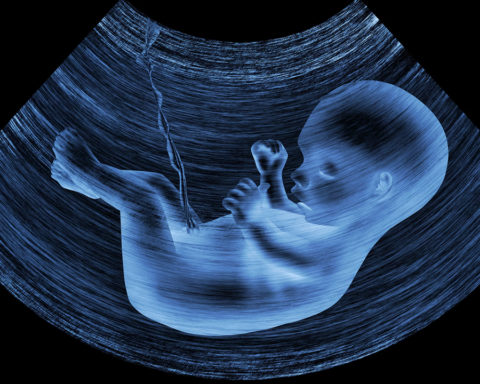For a very long time, sport and physical activity, although recognised as beneficial for fitness and health, were considered subsidiary and seen essentially as adjustment variables that complemented allopathic medicine, whose therapeutic effectiveness was constantly increasing.
But over the past decade, much research and study has been undertaken that has profoundly transformed this scientific understanding of the exact role and place of physical exercise in the prevention and control of many diseases, including the most serious.
Uhe study carried out at the request of the MGEN in 2006 on more than 100,000 French women, born between 1925 and 1950, by a team of INSERM researchers, for example, showed that there is indeed a very measurable link between physical activity and breast cancer risk, even in women with significant risk factors, such as certain genetic mutations or family history.
According to this research, women who engage in at least 45 minutes of sustained physical activity per day, with or without hormone replacement therapy, reduce their risk of breast cancer by 38 % compared to inactive women.
If we look at all the scientific studies on this issue, we can see that regular physical activity can reduce the risk of developing some of the most common cancers, such as breast or colon cancer, or of having a recurrence of this disease by up to 40 %. A meta-analysis reported a reduced mortality risk of 34 % in women with localized breast cancer who participated in intense and regular physical activity (150 minutes per week in three sessions).
This very powerful protective action of physical exercise has just been confirmed a few days ago by an epidemiological study of unprecedented scope, published on April 19 in the very serious British Medical Journal. This work, carried out by English researchers, focused on the effects of daily cycling on health. By analysing the sports habits and practices of 250,000 British people over 5 years, these scientists from Glasgow found that the protective power of sport was even more important than previously imagined. (See BMJ).
In this large study, 2,430 participants died, 3,748 developed cancer and 1,110 had a heart problem. After analysing the lifestyle habits of the participants, the researchers calculated that regular cycling, at an average of 7 km per day, reduced the risk of cancer by 45 %, the risk of heart disease by 46 % and the overall risk of mortality by 41 %. This research also shows that people who walk at least 10 km per week significantly reduce their risk of cancer and cardiovascular disease.
This work highlights very interestingly that these health benefits persist over time and seem intrinsic, meaning that they manifest themselves independently of the other risk factors taken into account in the patients studied (overweight, smoking, hypertension, etc.).
In November 2016, another Australian study showed that racquet sports are among the most effective in reducing mortality risks. Taking into account the personal risk profile of the participants (age, weight, diet, alcohol and tobacco consumption), Australian researchers tried to determine, on a cohort of 80,000 adults followed for nine years and with an average age of 52 years, which sports activities were the most effective in reducing the risk of mortality, particularly from cardiovascular disease (See BMJ Journals). According to this work, tennis, badminton or squash players who were at risk of death from all causes reduced their risk of death by 47 %, compared to those who had no physical activity. This study also shows that the protective effect of sport is not only due to the intensity and frequency of sessions, but also to the type of exercise practiced.
If physical activity has a powerful preventive action against the most serious pathologies, it is also very useful when the disease is unfortunately already present. A few weeks ago, another study carried out by researchers at the University of Goethe Frankfurt in Germany showed that the regular practice of a sport enabled patients suffering from gastric or intestinal cancer to better tolerate chemotherapy and to reduce the side effects of the pathology. "In the future, we must be able to offer patients with gastrointestinal cancer, even advanced cancer, physical exercise programmes during chemotherapy. This means opening up exercise rooms in hospitals," concludes Professor Winfried Banzer, Head of the Department of Sports Medicine at the Goethe University in Frankfurt.
Several other strong epidemiological studies have also shown that regular participation in sport can reduce the risk of colon cancer recurrence by at least 17 % and the risk of breast cancer recurrence by at least 20 %. An American study of 121,700 nurses showed that the risk of death or recurrence of breast cancer is reduced by 20-50 % in women who exercise at least five hours a week compared to those who walk less than 3 hours a week. These results were confirmed by the Women's Healthy Eating and Living Study (WHEL), which estimates that the risk of breast cancer recurrence for women who walk 30 minutes a day 6 times a week is reduced by 44 %.
In July 2012, a study published in the "Lancet" had already caused a great stir by showing that lack of physical activity was responsible for one in ten deaths worldwide and that physical inactivity was responsible for as many premature deaths as obesity or smoking ...
According to the WHO, lack of physical activity affects two out of three adults and is responsible for 5.3 million of the 57 million deaths worldwide. Doctor I-Min Lee (Harvard Medical School in Boston) points out that 10 % of the four major non-communicable diseases (cardiovascular disease, type 2 diabetes, breast and colon cancer) are linked to the fact of practising less than 150 minutes of moderate activity per week. Another study conducted in 122 countries and led by Dr. Pedro C. Hallal (University of Pelotas, Brazil), shows that one-third of adults and four out of five adolescents worldwide do not get enough exercise, increasing their risk of cardiovascular disease, diabetes and some cancers from 20 % to 30 %. According to Dr. Hallal, "Widespread physical activity would increase the life expectancy of the world's population by 0.68 years, which is far from negligible.
An Inserm study, published in November 2009, showed, on a population of subjects over 65 years old, in good health and followed for 5 years, that people who walk the slowest have a risk of death 44 % higher than those who walk the fastest.
Another study carried out by researchers from the Universities of Jean Monnet (Saint-Etienne), Lyon, Dijon and the Regional Cancer Prevention Centre of Saint-Priest-en-Jarez is also worth mentioning. This vast epidemiological analysis shows, on more than 122,000 participants, followed for an average of 10 years, that a simple physical activity corresponding to approximately 15 minutes of active walking per day, which is within the reach of nine out of ten people, is sufficient to reduce the risk of death by 22 % compared to total inactivity (See BMJ Journals).
But while it is now known with certainty that regular physical activity can have quite remarkable beneficial effects in the prevention and treatment of serious illnesses, such as diabetes, hypertension, cardiovascular disease or certain cancers, we are also beginning to discover that sport can also help prevent or delay the onset of age-related cognitive decline and certain neurodegenerative pathologies, such as the dreaded Alzheimer's disease.
Two years ago, three very strong scientific studies showed that the benefits of physical activity for people with Alzheimer's were real and greater than expected. The first of these studies, carried out by researchers at Wake Forest University Health Sciences in Winston Salemn (United States), showed, in 65 patients aged 55 to 89 years and suffering from mild disorders, that regular stretching exercises led to a significant decrease in the "Tau" protein, one of the biological markers of Alzheimer's disease.
The second study, conducted by the University of British Columbia, showed that regular exercise improved cognitive function, including attention and memory, in 62 patients with cerebrovascular disorders following a mild stroke.
Finally, the third study, carried out in Denmark by researchers from the Danish Centre for Dementia Research, showed, out of 200 Alzheimer's patients, that patients who had exercised at least three times a week had far fewer symptoms such as depression, anxiety or irritability.
Even more generally, it has also been shown that physical activity has a remarkable neuroprotective effect. For example, in 2016, researchers succeeded, for the first time, in observing the evolution of brain function in 55 volunteers aged 56 to 79 years. Using high-resolution, three-dimensional magnetic resonance images, they found that exercise delayed the brain atrophy associated with aging. Physically active people lost far less grey and white matter than sedentary people.
Finally, in 2007, a large study carried out by the University of California showed, on more than 6,000 women over the age of 65, followed for eight years, that those who walked the most could reduce their risk of cognitive decline by up to 40 % .
A conservative scientific estimate shows that the generalisation, from a very young age, of regular physical activity, which would of course be continued throughout life and adapted to the ageing of individuals, would not only make it possible to avoid at least 100,000 deaths per year in our country but would also delay the loss of autonomy due to age by several years, a gain all the more important since, for the past 10 years, disability-free life expectancy at 60 years of age has not increased, contrary to overall life expectancy at birth, which continues to rise steadily.
The preventive and therapeutic effectiveness of sport could also be further enhanced by offering each individual, according to his or her genetic profile and predisposition to develop certain pathologies, a personalised "road map" recommending the combination of activities best suited to the needs of each person.
It is a welcome development that physicians have recently been able to prescribe physical activity to their patients on the same basis as drugs or diet. However, we should go further and find the financial means, for example by reducing some of the waste in our health care system, which would make it possible to reimburse these sports prescriptions, which is not currently the case.
The extraordinary advances in biology and life sciences over the past century have come to persuade us, not without reason, that the ever more powerful and diverse chemical and pharmaceutical tools available to us to treat ourselves are sufficient to overcome the most serious and deadly diseases.
But we know today that things are not so simple and that allopathic medicine alone cannot solve everything; it will be all the more effective if it is used in synergy with the two other medicines that have asserted themselves strongly over the last few years, the one that concerns all our eating habits and the one that relates to the varied physical activities we practise. If we succeed in broadening our concept of health and well-being by harmoniously integrating these three medicines, our societies will, I am convinced, make a decisive leap forward in terms of quality of life and individual and collective fulfilment.
René TRÉGOUËT, Honorary Senator - Founder of the Senate Foresight Panel
Publisher of the RT Flash letter
Courtesy of the author












